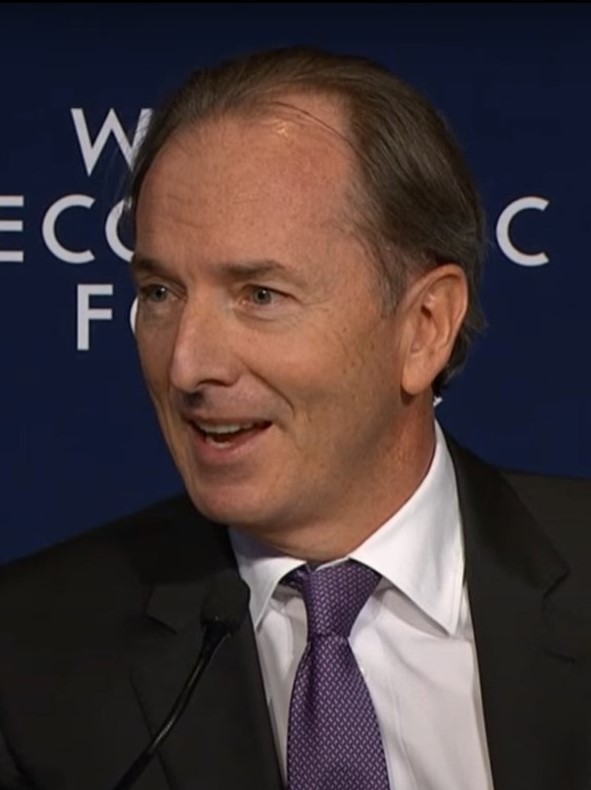
Commodities are among the most intriguing assets available to traders. From oil to precious metals, coffee and corn, many form the basis of our global economy and human civilisation itself. But they’re also among the most volatile markets around, influenced by a range of complex factors from geopolitics to competition and weather.
One example of such fragilities is surging energy costs following Russia’s invasion of Ukraine, causing many countries to reassess their supplies. Understanding which commodities are set to rise or fall in popularity next, and the fundamental factors driving them, could allow you to profit as a trader.
If you think commodities could benefit your portfolio, using an online trading platform will help you negate the practical challenges of buying and selling commodities. So which securities are worth putting on your radar?
Crude oil
Crude oil is a perennial favourite for governments and commodity traders alike. In fact, it’s the most consumed fuel in the world – and demand is still growing, despite sustainability concerns.
Influencing factors on its price include geopolitical events – such as Russia’s aforementioned, ongoing invasion – plus global economic growth and announcements from the Organisation of the Petroleum Exporting Countries (OPEC).
Gold
Gold is a precious metal commodity that’s considered a safe-haven asset, meaning investors turn to it during times of uncertainty for its ability to hold value.
Key factors to monitor therefore include financial and political instability – not in short supply in recent times – as well as global production and interest rates. It also tends to be inversely correlated with the US dollar.
Natural gas
While still a fossil fuel extracted from below the earth’s surface, natural gas is a cleaner alternative to oil and coal – and meets many of the same needs.
Its pricing can be driven by similar factors as its energy competitors, including storage levels, global economic health, extreme weather and alternative power developments.
Wheat
Wheat is a simple but sought after food staple that’s cultivated worldwide, boasting good tolerance to tougher climates. Still, weather patterns such as droughts or floods – which are only becoming more frequent – can heavily impact wheat supply and therefore its price in the market.
Competitor commodities such as corn and rice can also have bearing, as well as new agricultural technologies used in its production.
Soybeans
Used for foods like tofu, soy milk and miso paste, soybeans are another agricultural commodity that tends to stay in high demand all over the world. Their use as animal feed also means that demand is likely to keep growing in emerging markets.
Topics to keep abreast of include production levels in prominent countries such as the US, plus the strength of the US dollar – the currency its prices are quoted in.
Copper
Copper is another popular metal commodity, though in contrast to gold its uses are typically more industrial.
The commodity’s importance in manufacturing and building means its value is heavily influenced by economic output, rising in times of growth and vice versa. Supply disruptions in top-producing regions such as Chile, Peru, and China also contribute.
Could any of these popular commodities bolster your trading portfolio in 2024?
Interesting Related Article: “









